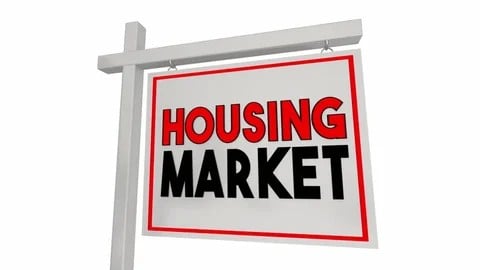One of the highlights of this year’s Virginia Realtors Conference was a presentation by Ryan Price and his team at Virginia Realtors. They provided an excellent overview of how our market is performing today and what to expect in the months and years ahead. One of the key takeaways was clear: Virginia is facing a significant housing shortage, and the effects are being felt in communities across the commonwealth. According to their research, our state currently faces a shortfall of nearly 188,000 housing units – a gap that could grow to more than 214,000 by 2030 if current trends continue.
Why is this happening? Several factors are at play. New construction simply hasn’t kept pace with population growth. Annual building permits across the commonwealth remain well below levels seen before the Great Recession. In many areas, local zoning restrictions, rising construction costs and a shortage of skilled labor have further slowed the pace of new housing. At the same time, homeowners who locked in low mortgage rates in recent years have been reluctant to sell, keeping resale inventory tighter than it might otherwise be.
The shortage impacts Virginians across the income spectrum. While the headlines often focus on affordable housing, the reality is families earning even 100% or more of the area median income are finding limited options in both the rental and for-sale markets. This lack of supply drives competition, pushes up prices and creates affordability challenges even in regions that traditionally offered more breathing room for buyers.
So what can be done? Industry experts point to a mix of solutions. Local governments can play a role by updating zoning to allow for more diverse housing types, such as townhomes and small multifamily developments. Expanding infrastructure and encouraging public-private partnerships could also help reduce the bottlenecks in development. On the financing side, targeted incentives for builders and streamlined permitting could bring new supply online faster.
Looking ahead, the outlook for 2026 offers a mix of cautious optimism and continued challenges. Forecasts suggest home sales will rebound by about 5% after a flat 2025, while home prices are expected to grow more modestly – around 2% statewide. Mortgage rates are currently projected to edge down to about 6% by next year’s end, which could provide some relief for buyers. However, without meaningful progress on new housing starts, the supply gap will remain a defining feature of Virginia’s market.
The bottom line: while the market may stabilize somewhat in 2026, the long-term health of housing in Virginia depends on our ability to build enough homes to meet demand.
Billy Morris
2025 President of the Lynchburg Association of Realtors
Associate Broker at John Stewart Walker Inc.


